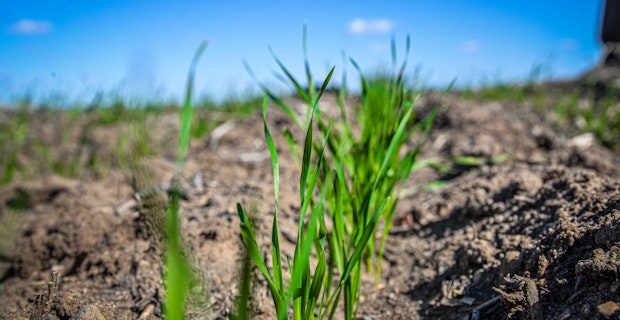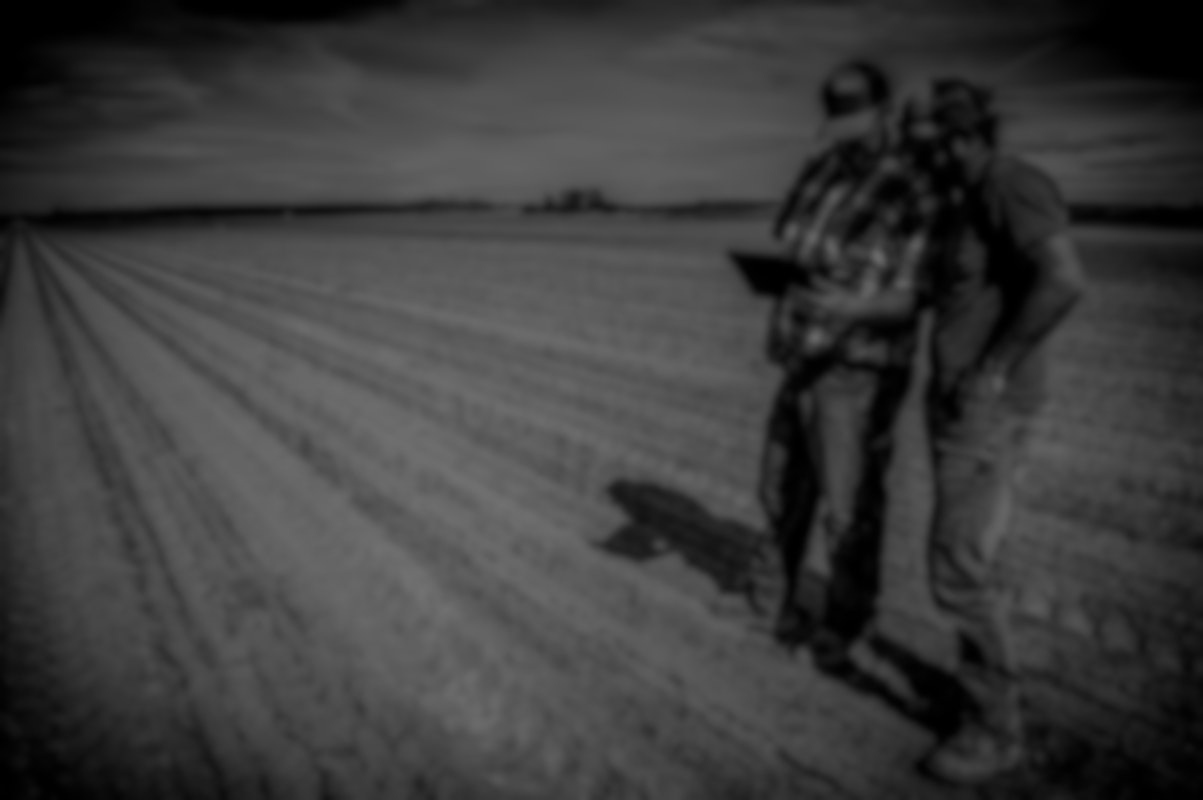One of the most anticipated moments of the season has come for most growers; seeding is finally done. Widely seen as one of the most critical parts of the season, as the opportunity to fix and manage mishaps is often limited, an ever increasing emphasis is placed on seed placement, row spacing, nutrition and other factors in order to ensure that every acre has the potential to yield its full potential.
Seeding time isn’t only important for giving your crops the best start possible however, it’s also the most important start of data creation and collection for this year’s crop. At Agworld we recognize the importance of seeding and a complete set of farm records for growers and agronomists, and we therefore made a number of important updates to our platform before the start of the 2020 seeding season.

One part of our seeding improvements is to give you better visibility of the crops in your field. When you now create a job or report on your fields in Agworld, you will see exactly which crops are in each field. Seeding jobs will no longer overwrite existing crops in your fields, and will instead add crops to your field, in order to cater for replant or cover crop situations. You can now also manually set your crops and crop ratios in your farm performance settings to account for partial or full replants.
The accuracy of each crop’s cost allocation has been improved too, by using the seeded area for each crop from your planned or actual seeding job. We also added the option of a ‘secondary crop’ to Agworld in order to cater for increasingly popular cropping scenarios such as cover crops, undersown crops or companion crops.

When we speak to growers and agronomists about their main concerns and what we can do to help mitigate them, profitability tends to be by far the biggest issue, just like many other publications have already suggested this year. With high input costs and low commodity prices, the ability to keep costs down while improving crop yields hinges increasingly more on data availability and the results it yields.
Some of the growers I’ve spoken to in recent weeks were able to put it into words really well: “Last year we battled a string of extreme weather events which cost us a lot of money and, if we’re to believe the long term forecasts, we can expect extreme weather to occur more regularly. When combining this knowledge with low commodity prices and increasing input costs, it becomes clear that our management decisions have to be geared towards mitigating our risks and improving profitability. When profitability becomes so much harder to realize, it pays to rely on cold-hard facts and historic data instead of gut-feelings and ‘we’ve always done it this way’ methods.”
Search product labels with Agworld DBX
A reliable source of plant protection chemical label data so that you can find the information you need for managing weeds, pests and diseases in a safe and effective way. Download product labels and SDSs
Powered by Greenbook
I’m proud that the team at Agworld has developed the only standardized data platform in agriculture, able to help growers make sense of their ag data and provide insights that enable them to make the most profitable decisions throughout the season, even when times get tough. The recent updates to our seeding functionality are what we consider improvements to our ‘core functionality’; those parts of our platform that are most critical for our users and that help them create even more accurate farm records. You can expect more core functionality upgrades from us this year as the 2020 season progresses - stay tuned.





